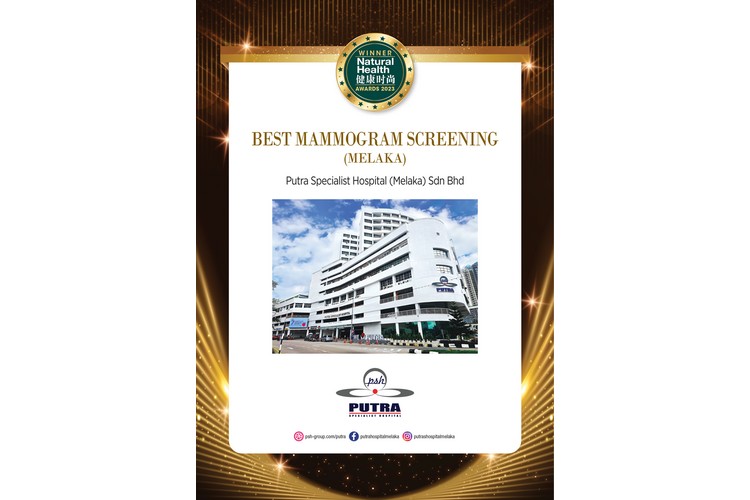BEST Mammogram Screening (MELAKA)
Mammograms: What You Need to Know About Breast Cancer Screening
Breast cancer is the most common cancer among Malaysian women, accounting for 32.1% of all new cancer cases in women in 2020. One in about 20 Malaysian women will develop breast cancer in her lifetime, with 8,418 new cases reported annually and 23 new cases each day. Early detection and treatment of breast cancer can improve the chances of survival and reduce the need for invasive procedures. That’s why mammograms are important for women’s health.
A mammogram is an X-ray picture of the breast that can find early signs of breast cancer. It can detect tumors that are too small to feel or cause symptoms. A mammogram can also find ductal carcinoma in situ (DCIS), a condition where abnormal cells line the breast duct and may become invasive cancer. There are two main types of mammograms: screening and diagnostic. A screening mammogram is used to check for breast cancer in women who have no signs or symptoms of the disease. It usually involves two X-ray pictures of each breast, taken from different angles. A diagnostic mammogram is used to look for breast cancer after a lump or other sign or symptom has been found. It may include extra views or images of the breast. The risk of breast cancer increases with age.
Most breast cancers are diagnosed after age 50. Other factors that can increase the risk of breast cancer include genetic mutations, reproductive history, family history, personal history, previous radiation therapy, exposure to certain drugs, and lifestyle factors such as obesity, physical inactivity, and alcohol use.
The American Cancer Society recommends that women aged 40 to 44 should have the choice to start annual breast cancer screening with mammograms if they wish to do so. Women aged 45 to 54 should get mammograms every year. Women aged 55 and older should switch to mammograms every 2 years, or can continue yearly screening. Women who have a higher risk of breast cancer may need to start screening earlier or more often, and may also need other tests such as MRI. Women should talk with their health care providers about their personal risk factors and the best screening plan for them.
Mammograms are not perfect and have some limitations. They can sometimes miss cancers that are present or show abnormal areas that are not cancer. They can also cause some discomfort or pain for some women. However, mammograms are still the best way to find breast cancer early, when it is easier to treat and before it spreads to other parts of the body. Mammograms can save lives by reducing the risk of dying from breast cancer.
psh-group.com/putra | putrahospitalmelaka | putrashospitalmelaka
Reference: Moh.gov.my, Cancer.gov, Cancer.org, CDC.gov

Chief Executive Officer
Putra Specialist Hospital (Melaka) Sdn Bhd


















